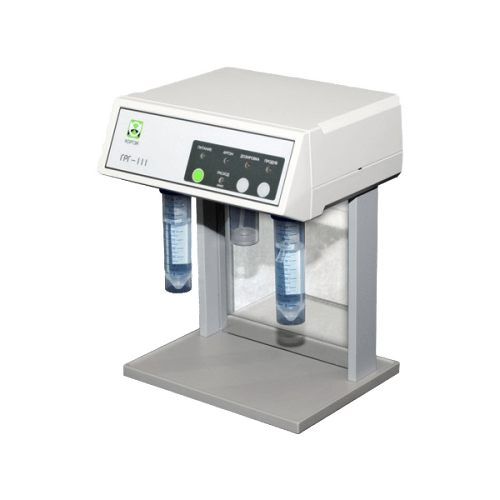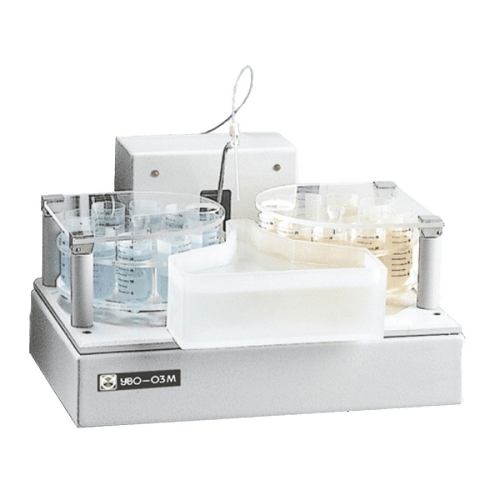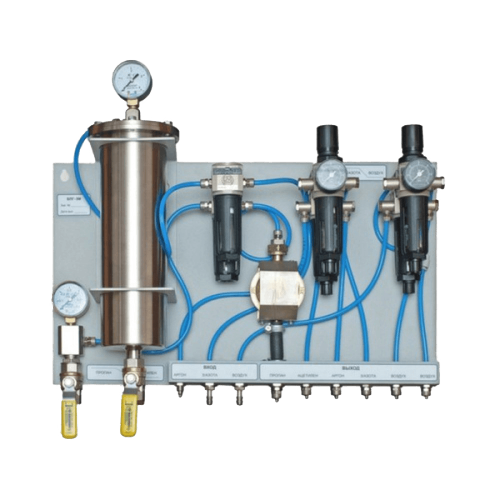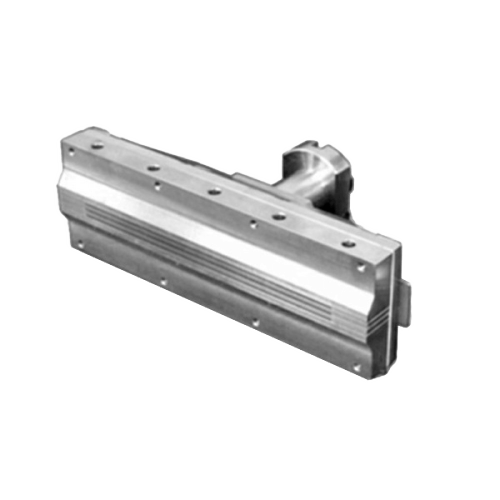Description
Burners for atomic absorption spectrometers.
1. Propane-air burner (three-slot)
Torch for AAS QUANT with flame atomization. Essential when working with a propane flame.
The propane-air flame is the least stable and the lowest temperature, and it is because of this that it is limited in use.
The possibility of operation of atomic absorption spectrometers with a flame of this type is implemented only in Russian-made spectrometers, including the AAS KVANT.
The advantages include safer operation of propane gas cylinders compared to acetylene cylinders, including transportation of gases to the spectrometer both in cylinders and through a pipeline.
2. Propane-air burner (round, for emission mode)
Torch for AAS KVANT with flame atomization when the spectrometer is operating in the emission mode. Required when using a propane-air flame.
The possibility of operation of atomic absorption spectrometers with a flame of this type is implemented only in Russian-made spectrometers, including the AAS KVANT.
The advantages include safer operation of propane gas cylinders compared to acetylene cylinders, including transportation of gases to the spectrometer both in cylinders and through a pipeline.
3. Burner “acetylene-air” (round, for emission mode)
Torch for AAS KVANT with flame atomization when the spectrometer is operating in the emission mode. Required when using an acetylene flame.
The acetylene-air flame is most common in atomic absorption spectrometry because it is stable and high temperature.
4. Acetylene-air burner
Torch for AAS QUANT with flame atomization. Essential when working with an acetylene flame.
The acetylene-air flame is most common in atomic absorption spectrometry because it is stable and high temperature.
5. Burner “acetylene-nitrous oxide”
Torch for AAS QUANT with flame atomization. Necessary when working with a flame acetylene-nitrous oxide.
The use of nitrous oxide as an oxidizing agent makes it possible to obtain the highest possible flame temperature during AAS operation with flame atomization. Allows you to analyze elements with a high atomization temperature.





